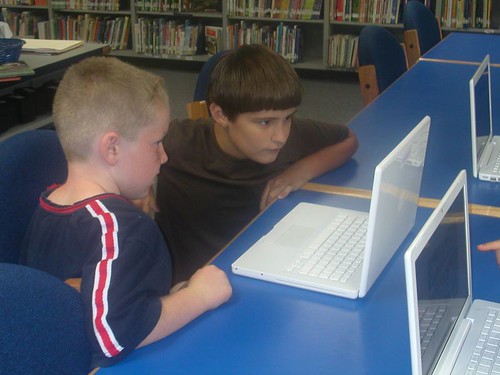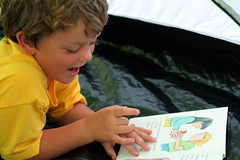 I recently read a post on TeachPaperless entitled "What is an Educator." It addresses the recent changes in Ning which is no longer free, or at least not to the extent that it was before. However, the question really isn't just about Ning, which if you have a K12 email address you are able to get a mini version of it at no cost. This is similar also to Voicethread and several other commonly used Web 2.0 technologies.
I recently read a post on TeachPaperless entitled "What is an Educator." It addresses the recent changes in Ning which is no longer free, or at least not to the extent that it was before. However, the question really isn't just about Ning, which if you have a K12 email address you are able to get a mini version of it at no cost. This is similar also to Voicethread and several other commonly used Web 2.0 technologies.For me and my colleagues the question gets more complicated. I work for a public university and have a .edu email address. With that, I have choices like institutional licensing for thousands of people or the opportunity to only have 3 creations for free with my login. Well, what I really want to do is just show faculty and K12 educators I work with what they can do and have available to them. I can't always show them what it will be like because I don't have access. Or I want to tailor examples but I've used up all my free space. What about those educators that get excited about emerging technologies? If they are in higher ed teaching 100 students or less, they don't want a license for thousands of users. These days they don't have deep pockets and departmental budgets for technology don't exist. Most of these applications won't be adopted by the entire university community or school district and certainly not on behalf of a single teacher.
Where do we draw the line on free access and paid use? I realize the companies need to make their money somewhere and nobody has any money to spend. However am I less of an educator because my audience is older than 17? Add to that. most educators don't just use one application, they use many. By the time we pay for all of them it becomes a costly venture but we know there are different tools for different performance tasks and learning styles so we can't just stick to one.
So back to the very good question posed in "What is an Educator," how do you define educator? Then to expand on that with another question... What would be a reasonable model for emerging technology companies to use so that they can make enough profit to continue to function but not cost those who have shallow pockets so much that we can't continue to use their products? It's these tools that help our students grow, learn and someday become the CEOs of tomorrow.


